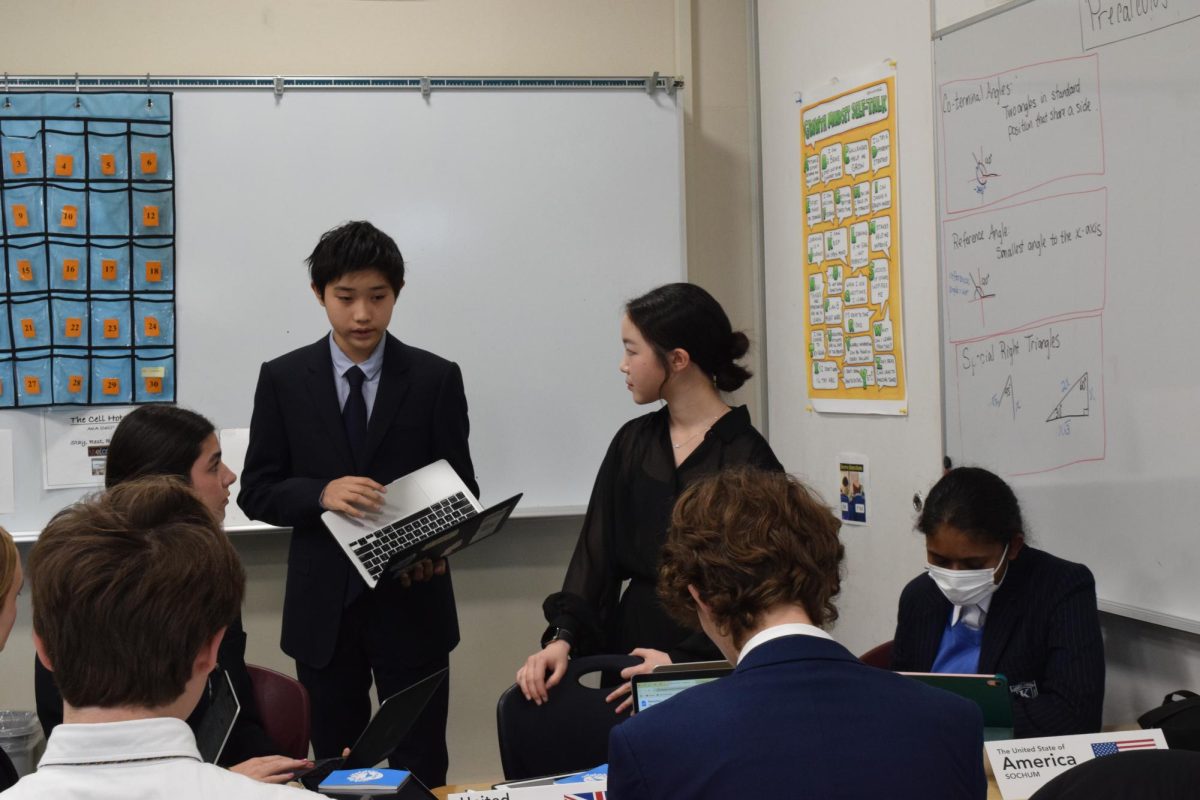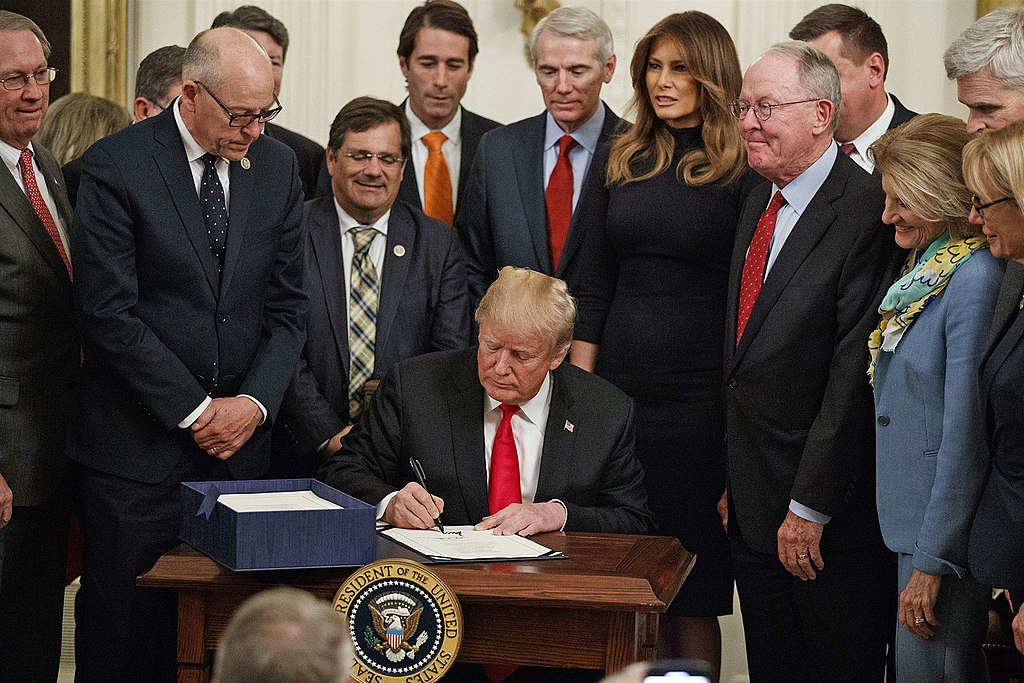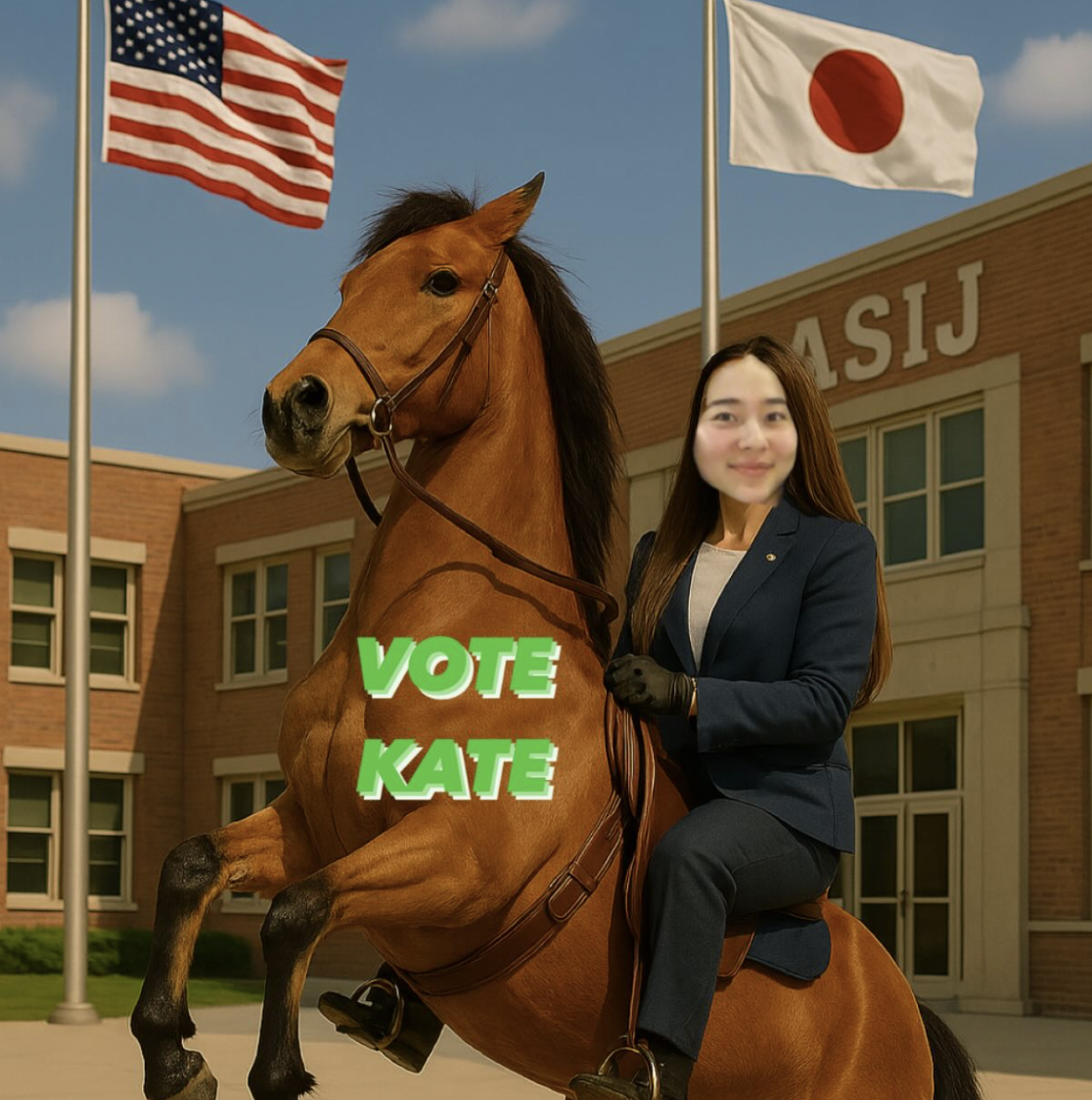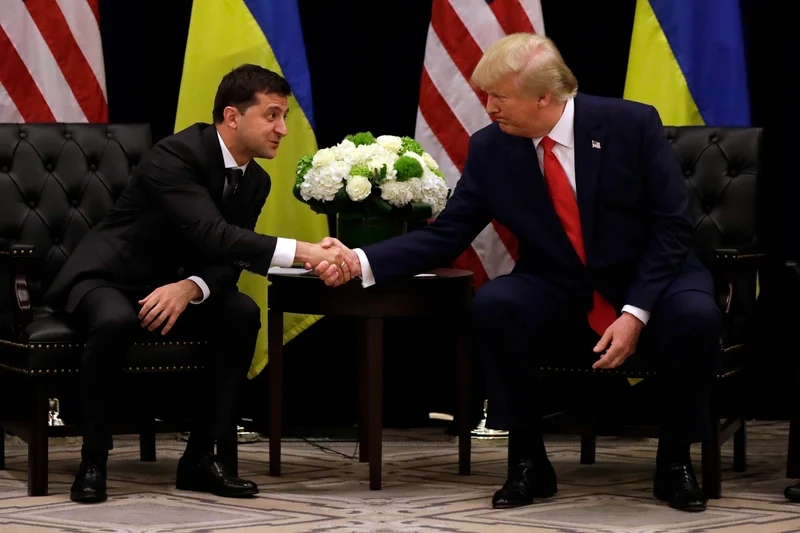During this year’s Model United Nations conference, SOCHUM—the Social, Humanitarian, and Cultural Committee—hosted a very fruitful and intense debate. As one of the six main committees of the United Nations General Assembly, SOCHUM promotes and protects human rights. Founded after World War II and rooted in the Universal Declaration of Human Rights, the committee continues to uphold dignity, equality, and freedom. On day two, delegates faced a timely issue: balancing the freedom of religious expression with the need to confront religious hate speech. Acknowledging the history of religious persecution, delegates were challenged to come up with solutions that were both effective and respectful of religious identity.
To summarize the events and resolutions from day one of the SOCHUM conference, the topic was the question of governmental responsibility in monitoring the well-being and mental health of citizens worldwide. There were two resolutions: one submitted by the delegate of Italy and passed by a majority vote, and a second resolution submitted by the delegate of Japan, which was voted against.
On day two, delegates presented a wide range of national perspectives in their stance speeches, highlighting the complexity of balancing free speech and combating hate speech. Italy, China, and Canada emphasized education and community-based solutions, whereas Brazil, Turkey, and Germany promoted regulation—predominantly online—without entirely giving up free speech. The U.S. and Saudi Arabia focused on addressing root causes from alternative cultural viewpoints. In contrast, countries like France, India, Russia, and Japan focused on the internal challenges of implementing successful yet fair policies. These diverse methods served as the backdrop for a refined and nuanced discussion.
Next, Russia, the main submitter, presented a resolution to balance religious freedom with preventing hate speech by urging member states to impose safety features on internet sites, including clear hate speech policies, human moderators, and simple reporting processes. It also suggests redirecting funding for international religious freedom initiatives to local efforts, notably education and anti-extremism. Furthermore, the resolution promotes learning about tolerance and interfaith respect in schools using a balanced, comprehensive curriculum. It demands clear legal differentiation between hate speech and authentic religious expression, fair treatment of blasphemy laws, and adherence to global guidelines like the Rabat Plan of Action. Finally, it encourages the preservation of religious expression in national laws, such as allowing varied religious practices in public spaces with governmental regulation.
Disagreement in SOCHUM on the resolution grew as Saudi Arabia strongly protested promoting tolerance education and public religious practice in the name of national sovereignty threats. Delegates did not pass the amendment on the resolution to restrict worship to domestic homes.
The U.S. criticized the resolution as a whole for being unclear and redundant, especially for its treatment of social media regulations. India questioned its legitimacy, given that the main submitter, Russia, suppresses religious groups. On the other hand, South Africa and Nigeria voted on the resolution as non-binding recommendations. Although an Italian amendment to clarify a clause was passed, the resolution fell, with the majority voting against it.
To conclude day two of SOCHUM’s conference, the insightful delegate of Norway concluded that despite the tremendous amount of POIs, “day two truly felt like MUN” as delegates were “incredibly thoughtful and hard-working” in tying MUN topics to real-world scenarios.







